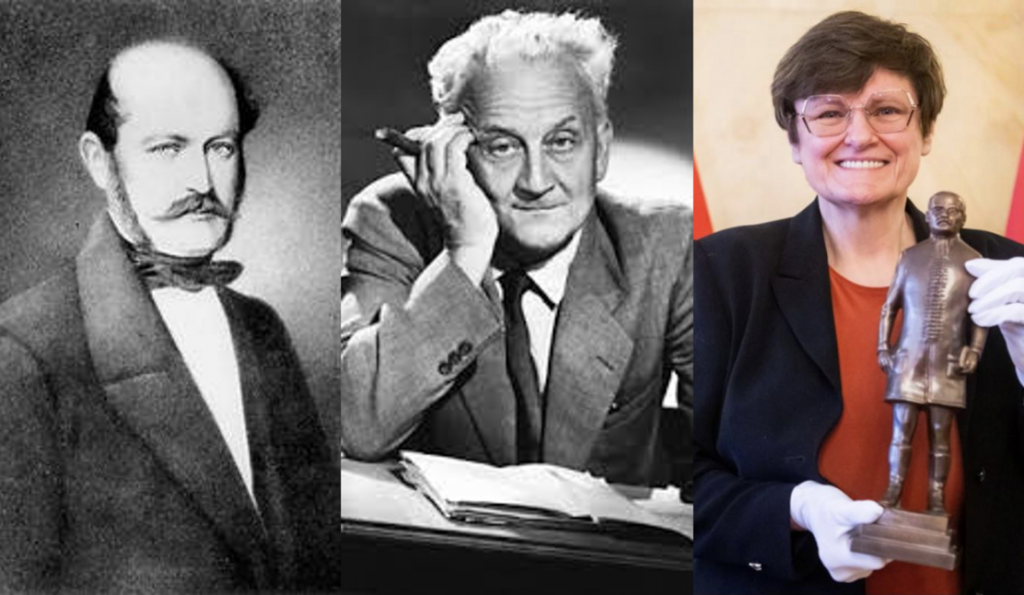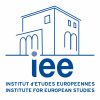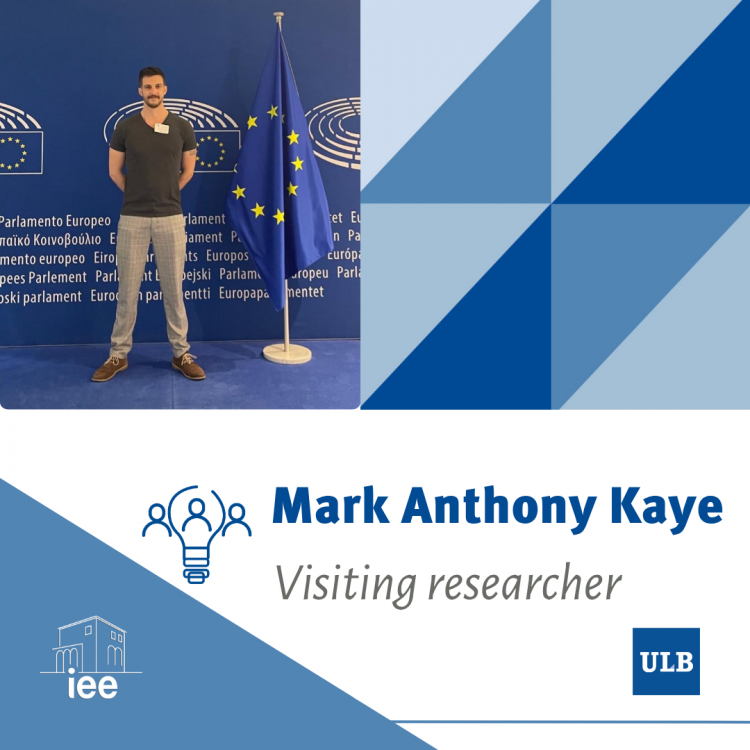 László Andor is a Secretary General (Foundation for European Progressive Studies). From 2010-2014 he was Commissioner for Employment, Social Affairs and Inclusion in the Barroso II administration of the European Commission. He currently teaches at the IEE-ULB in the Specialized Master in Interdicisplinary EU Studies.
László Andor is a Secretary General (Foundation for European Progressive Studies). From 2010-2014 he was Commissioner for Employment, Social Affairs and Inclusion in the Barroso II administration of the European Commission. He currently teaches at the IEE-ULB in the Specialized Master in Interdicisplinary EU Studies.
Since the outbreak of Covid-19 in early 2020, it has been widely publicised that the medical significance of hand washing was discovered by a 19thcentury Hungarian doctor, Ignác (Ignaz Philipp) Semmelweis. Later last year, another Hungarian scientist, Katalin Karikó became world famous for her contribution to the development of anti-Covid-19 vaccination. Their stories, and the 150 years between the two of them, also highlight that great medical discoveries often emerge from a confrontation with the forces of conservativism. Scientists and practicioners of medicine find themselves in a fight against the odds of history more often than they would expect.
Semmelweis instituted a policy of using a solution of chlorinated lime for washing hands between autopsy work and the examination of patients in 1847. It may as well be striking how recent this discovery about hand washing is, but what also should be noted is that the doctor introducing this simple but innovative method was facing ferocious resistance from the medical establishment of the time. Semmelweis was not a good tactician, though he was a man of progressive spirit: in Spring of 1848 together with some of his colleagues, he became member of the revolutionary National Guard in Vienna, without interrupting his medical practice.
The method Semmelweis used before arriving to the invention associated with his name speaks volumes about the state of medical science at the time. He had to be relentless, ba using „trial and error”, until the solution was found. His starting point was that he observed a major difference between death rates in two different hospital wards. He understood that a lot of young mothers were dying unnecessarily, but he had to find out the causes. He started to compare everything in the two wards. First, he observed that the positioning of the women on their beds was different in the two cases: in one on their backs, and in the other one more on their sides. He started to position all women on their sides in order to lower the death rates, but it did not work. Then he observed that the service to the fatally ill is delivered differently by the priests in the two wards. So, he ensured that the service in the high death ward was following the same choreography as in the low death ward, i.e. without ringing a bell. Still, death rates refused to come down.
Finally, Semmelweis noticed that in the high death ward the doctors arrive to work in the morning after performing autopsy, and this way they themselves transmit bacteria from dead people to young mothers, which then kills many of them. Midwives working in the other ward had no contact with the dead. He started to order doctors vehemently to wash their hands in between autopsy and childbirth, and the death rates started to fall. Nevertheless, his more powerful colleagues were not grateful for the life-saving invention, and it was Semmelweis who ended up in the madhouse of Vienna.
Ignác Semmelweis was born in 1818, just outside the walls of Buda Castle (the district then and today called Tabán). In the same year, but inside the Castle, József Lenhossék was born, who later became Semmelweis’ colleague. Semmelweis was appointed professor of maternity in 1855 at the medical faculty of Pest. Lenhossék became head of department of anatomy four years later, and also is remembered as the founder of the anatomy museum. Semmelweis was keen to return to Vienna, but was not nominated to the position he was aiming at. He was then offered professorship in Zürich, which he turned down. Lenhossék visited German, French and English universities before his Pest appointment, and in the post-revolutionary 1850s, under severe Habsburg oppression, he had to fight for the right to lecture in Hungarian language in his home city.
Both the father and the son of József Lenhossék were called Mihály, and both were professors of anatomy. The father (Mihály Ignác, with original spelling Linoschegg) was born into the family of a poor carpenter in Pozsony (today’s Bratislava), but thanks to his studies with the Jesuits, became a medical doctor by the age of 26. He then became professor in both Pest and Vienna; in Pest he also became rector, and was also appointed chief physician of Hungary. He was friend and doctor for Count István Széchenyi, the firebrand reformer aristocrat of the time. His grandson, the younger Mihály is largely remembered for his research in the field of neuroanatomy. He studied in Budapest and worked as a prosector in Basel and Würzburg, just to move on to Tübingen.
The grandson of József Lenhossék, and nephew of Mihály Lenhossék, Albert Szent-Györgyi was born in 1893. He became the biochemist who is is credited with first isolating vitamin C for which he won the Nobel Prize in Physiology or Medicine in 1937. Originally he went to university in Budapest (by that time the united capital city of Hungary) but his studies were interrupted in 1914 since he had to serve (as an army medic) in World War One. After the war, he started his research career in Bratislava. He also spent time in Groningen and Cambridge.
Szent-Györgyi became a Nobel laureate as professor of the University of Szeged, which was a city without a university until World War One. After the Treaty of Trianon (1920), the university named after the former emperor and king (Franz Joseph) was moved to Szeged from Kolozsvár (Cluj-Napoca), the central city of Transylvania, the region transferred to the expansionist Romania by the victors of the war. But when Adolf Hitler gave back North-Transylvania to Hungary, the return migration of the university was launched. In order to keep higher education alive in Szeged, the Hungarians established a new university named after the Regent himself. Albert Szent-Györgyi was appointed as the rector of the Miklós Horthy University in 1940.
However, Szent-Györgyi was not at all a fan of Horthy, who was one of the closest and most loyal allies of the Third Reich. In 1944, he functioned as an undercover peace negotiator when visiting Turkey and meeting representatives of the Allies. Hitler was furious, and Szent-Györgyi was arrested, but then escaped and survived the siege of Budapest hiding. What eventually saved his life was that the King of Sweden gave him Swedish citizenship and the embassy helped him hiding until he managed to flee to territory controled by the liberating Red Army. This perhaps explains that the same Szent-Györgyi, who offered all of his Nobel prize money to Finland in 1940, when the Soviet Union attacked its small neighbour in the North, in 1945 became the first honorary president of the Hungarian—Soviet Cultural Society (later Friendship Society).
Before Hungary became a battle field, and Szent-Györgyi was still influential, he helped his Jewish colleagues escaping anti-Semitic terror. But this could only be helpful to a small number, and many perished either by being killed locally or in labour camps or after being deported to Auschwitz or other concentration camps. Gedeon Richter, founder of the main pharmaceutical factory of Budapest, was among the thousands shot into the Danube by the Hungarian fascists. World War Two was indeed a tragedy also for Hungarian medicine which lost many professors and students. In addition, the physical losses were substantial too, given that the 2nd Ukrainian Front entered Budapest exactly from South-East, which is the direction of Szeged, where the campus of the medical faculty is also located (today under the name Semmelweis University). After the liberation from the Nazi occupation, Szent-Györgyi established his work base in Budapest again (upsetting Szeged), but in 1947 decided to move to the United States, once more taking advantage of the Swedish passport. Twenty years later, he took part in the protest against the Vietnam war. In the 1950s his research mainly focused on muscles, and later he developed an interest in cancer.
Szeged, thanks also to Szent-Györgyi and his outstanding work, remained one of the main centres of Hungarian medical science. Today the most famous former student of the University of Szeged is Katalin Karikó, who became famous for her research providing vital contribution to the coronavirus vaccines (especially those produced by Biontech and Moderna). She grew up in Kisújszállás, a small town in East Hungary, where her father was a butcher. She enrolled at Szeged Unversity (then wearing the name of the famous interwar Hungarian poet with communist affiliation, Attila József) where she earned her doctorate in 1982. But her research ideas were not supported enough, and she lacked a perspective in Szeged. At the same time, she received an invitation from Temple University (Philadelphia). Together with her husband they decided to move to the United States. She continued her research at Temple, and then at the University of Pennsylvania’s School of Medicine. She spent decades researching the therapeutic possibilities of mRNA, a component of DNA that is considered to be one of the main building blocks of life.
But there was no red carpet for Karikó in the US either. She applied for grant after grant, but kept getting rejections, and in 1995, she was demoted from her position at the University of Pennsylvania. She also was diagnosed with cancer around the same time. But eventually, Karikó and her former colleague, Drew Weissman, developed a method of utilizing synthetic mRNA to fight disease that involves changing the way the body produces virus-fighting material. That discovery is now the basis of the Covid-19 vaccine.
In 2020, Karikó became world famous, and in 2021 she was awarded the Széchenyi Prize (the highest state prize for achievements of national importance in Hungary), and also became a honorary citizen of Szeged. But it was not only celebration that she received. It was found out and discussed publicly, that in 1978 as a young scientist she was recruited to the secret service (counter-espionage). This she did not deny, but explained: her father suffered retaliation after the 1956 uprising, and she was cornered by similar threats. In other words, she was forced to sign, but she did not harm anyone and the secret service quietly abandoned her when the family moved to the US.
The stories of Semmelweis, Szent-Györgyi and Karikó highlight that it is not only intelligence and insight but also character and perseverence that is needed for scientific progress. The science of medicine, similarly to other disciplines, develops in a transnational network of learning and practicing. Those who achieve most also have to be convinced that what they are working on may take a long time to complete and perhaps an even longer time to explain to others, but if they can save people’s lives and improve the quality of life it is an obligation to remain steadfast. The more powerful may sometimes obstruct the process of medical discovery and dissemination, but history sometimes offers opportunities to help the community beyond medicine itself.




